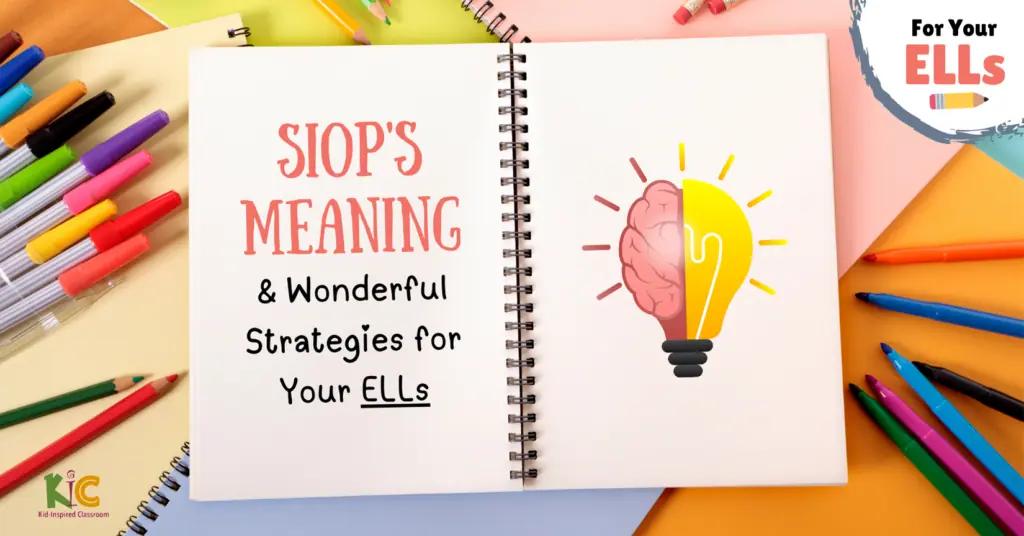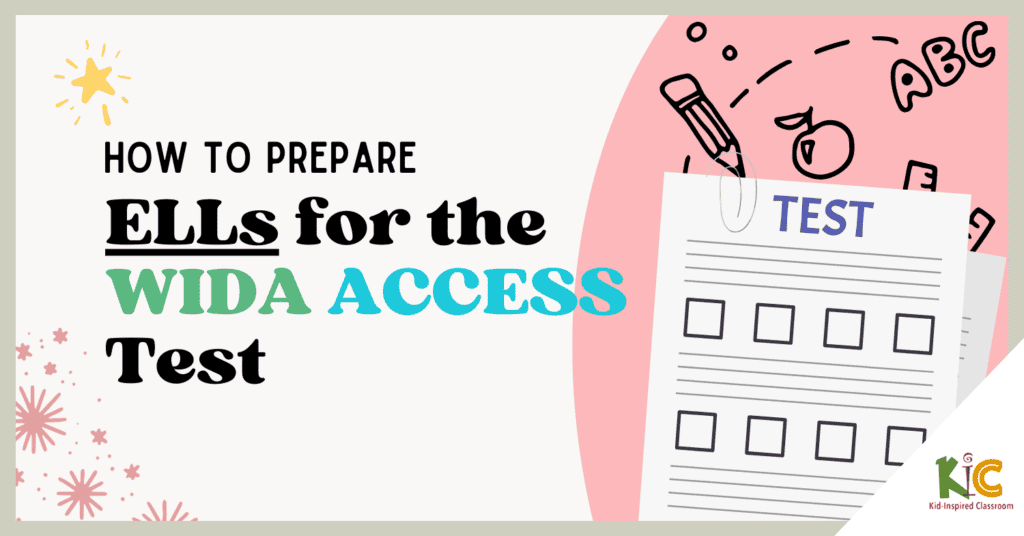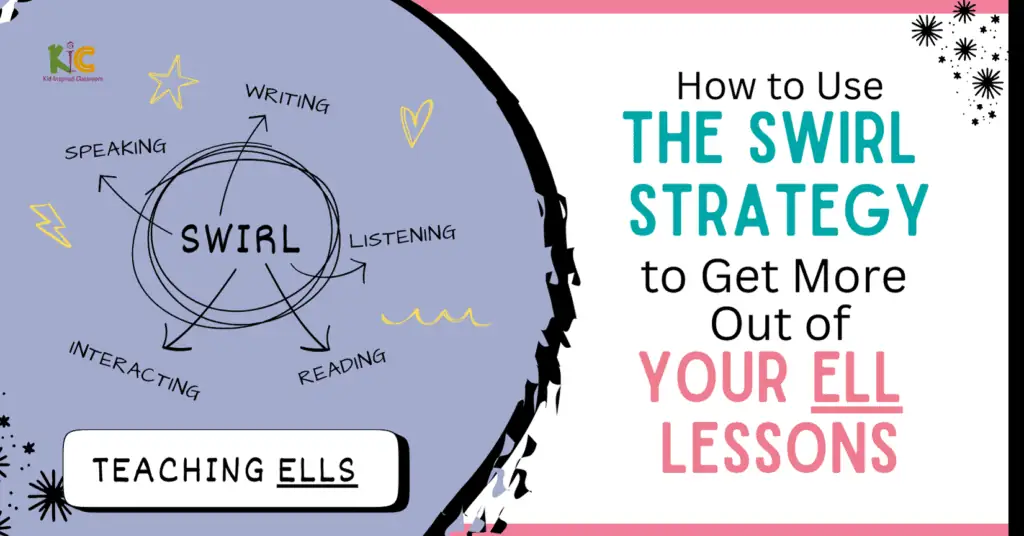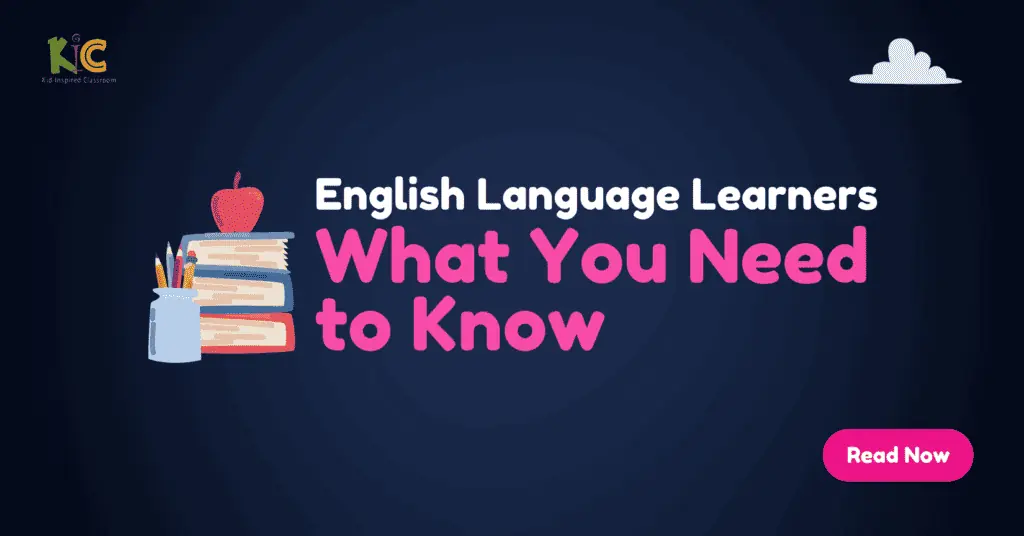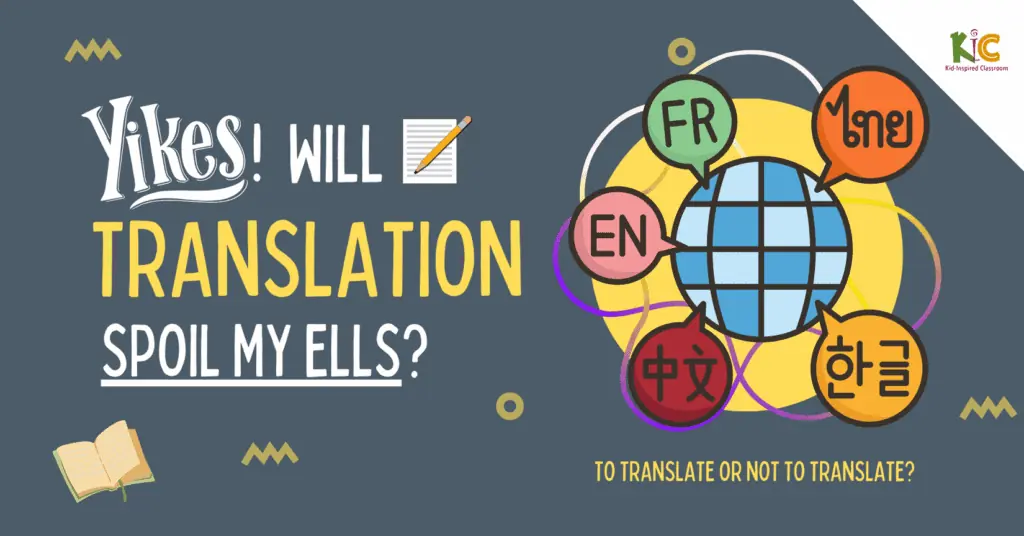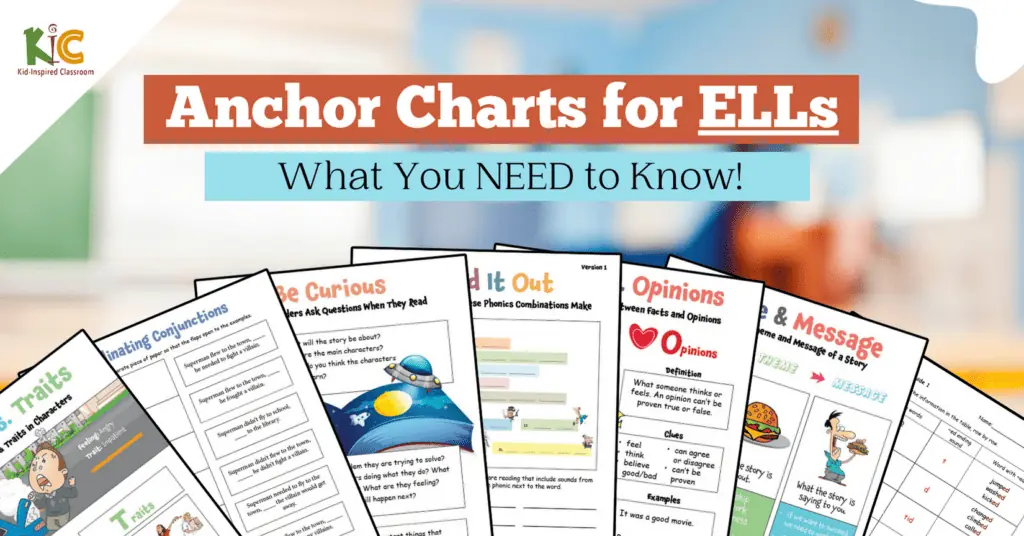
Just in case you didn’t already know…
Anchor charts are pages or posters that illustrate key concepts, grammar, vocabulary, or other important content in a summarized and memorable way.
In this article, we’re going to cover some of the wonderful ways you can use anchor charts to better help your ELLs succeed!
Let’s dive right in!
Benefits of Anchor Charts
a. Visual Representation: English learners benefit from visual aids that supplement verbal instruction. Anchor charts offer a visual representation of vocabulary, grammar structures, and language concepts, making them easily accessible for students.
b. Reference Tool: Anchor charts serve as a helpful reference, reinforcing lessons and promoting independent learning. Students can refer to the charts when working on assignments, participating in discussions, or completing tasks.
c. Scaffolded Learning: Complex language concepts can be overwhelming for English learners. Anchor charts break down these concepts into easily digestible information, providing a scaffolded learning experience. By simplifying and organizing information, anchor charts help English learners grasp new concepts more effectively.
d. Student Engagement: One of the best things you can do with anchor charts is to get your students involved in their creation. We’ll cover this more in the activity ideas below.

Three Key Strategies to Utilizing Anchor Charts with ELLs
Before we get into the activity ideas in the next section, it is helpful to keep the following strategies in mind since they apply to any and all anchor chart activities we might come up with.
First…
I highly recommend getting your students involved in their creation. The process of discussion, summarizing, drawing, and writing is a big part of what makes anchor charts helpful. You will get a lot more buy-in from your students and the content of the anchor charts will be much more meaningful if they are involved in making them.
(Pssst, this is why the Kid-Inspired ESL Curriculum Membership anchor charts all come with both a completed anchor chart as well as a blank template so that students can create their own using the model as an example! See below.)
Second…
It is equally important that you have a good example anchor chart to work from. That way students have some clear direction. Without a good example chart, you will likely end up wasting a lot of time and students will not be nearly as motivated.
Third…
Have a plan for organizing your anchor charts and making them easily accessible. You can get folders with lots of plastic insert pages so that students can make a book out of their anchor charts. You can make posters of out the anchor charts and put them in the walls. Wherever you end up putting them, it can be helpful to organize them by category. Students might have a section for vocabulary, a section for grammar, and section for concepts, etc. You could do the same thing with your walls, having different areas on the different walls for the different categories of anchor charts.
This is why the Anchor Charts included with the Kid-Inspired ESL Curriculum Membership include both an example chart as well as a blank chart on which students can add their own content.


Activity Ideas for Utilizing Anchor Charts
Below are some activity ideas for how to start incorporating anchor charts into your lessons.
a. Vocabulary Building: Create anchor charts that display thematic vocabulary, such as family, animals, or food. Engage students in interactive activities like word matching games, categorization exercises, or scavenger hunts to reinforce vocabulary acquisition.
b. Grammar Focus: Develop anchor charts that highlight grammar rules or structures, such as verb tenses or sentence types. Encourage students to generate their own examples using the chart, engage in peer discussions, and create mini-dialogues to practice the targeted grammar concept.
c. Reading Comprehension: Design anchor charts that break down reading strategies, such as predicting, summarizing, and making inferences. Use the anchor charts during shared reading sessions, guiding students to apply these strategies in analyzing texts. Encourage group discussions and collaborative note-taking to reinforce comprehension skills.
d. Writing Support: Create anchor charts that outline the writing process, including brainstorming, organizing ideas, and revising. Use the charts to guide students through the writing process, encouraging them to refer to the visual cues as they craft their own pieces. Provide sentence starters, transition words, or graphic organizers as additional supports.
e. Speaking and Listening: Develop anchor charts that focus on communication skills, such as active listening, turn-taking, and asking questions. Use the charts to facilitate classroom discussions, role-plays, or debates. Encourage students to refer to the charts to enhance their speaking and listening abilities.
